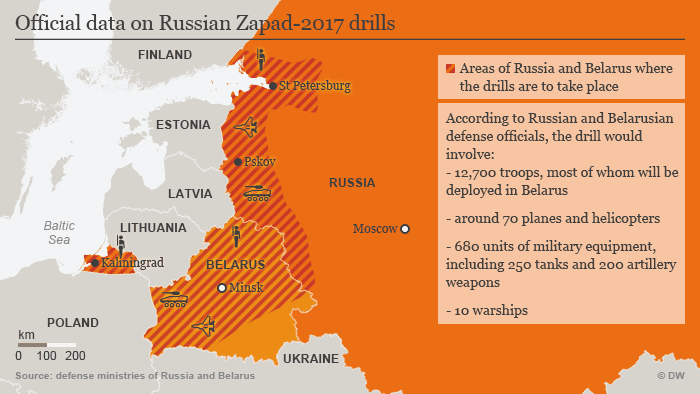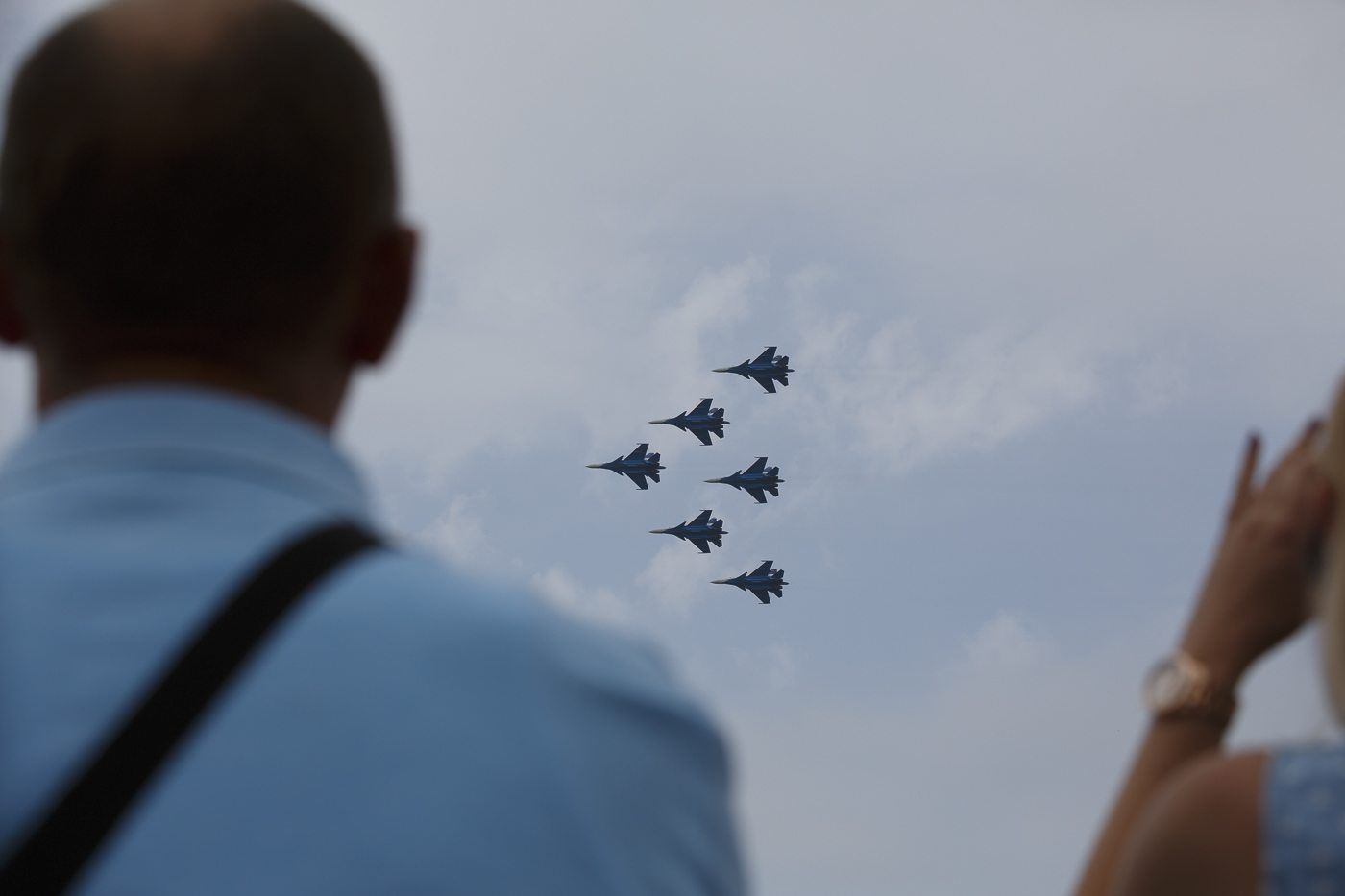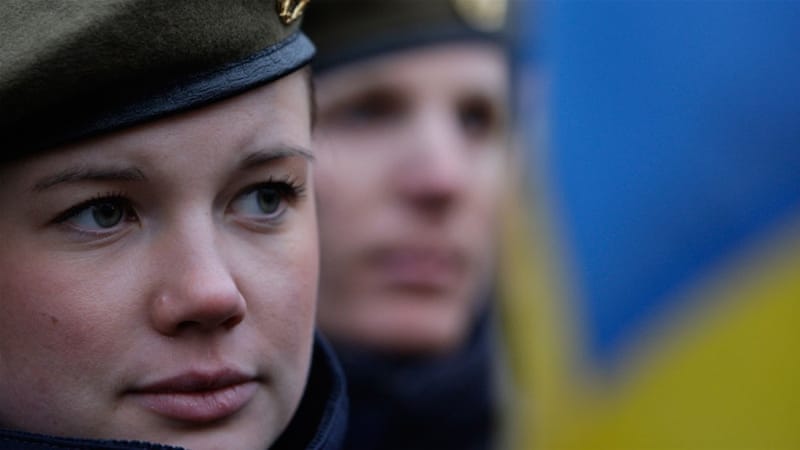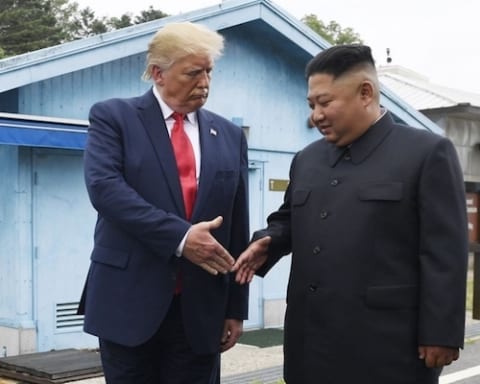Russia began its newest round of war games, “Zapad-2017” (the Russian word for “West”), on Thursday. According to Russian officials the exercise will involve 13,000 troops, but some NATO representatives assert that Russia will be using over 100,000 troops. Either way, Zapad-2017 will be Russia’s largest military practice since similar exercises were held in 2013.
The Zapad-2017 drills are expected to continue until September 20th, and will take place in western Russia, Belarus, the Baltic Sea, and Kaliningrad, a Russian exclave.

Moscow rejects these implications, maintaining that the 13,000 troops are harmless. An exercise of 13,000 troops is below the threshold that would require international observers, and according to Moscow, the exercises being practiced are defensive rather than offensive, simulating an attack from the Baltic sea.

While Russia is launching Zapad-2017, Sweden is also beginning its own round of war games with 19,000 troops, which will be the Baltic nation’s largest in two decades. Sweden is not a member of the NATO alliance, but these games are supported by NATO member countries, who are fearful of a militarized Russia. Around 1,500 troops from the NATO alliance are also taking part in this exercise. The three week exercise, dubbed “Aurora 17,” will simulate an attack from eastern Europe, and will take place on the Baltic island of Gotland.

В рамках совместного стратегического учения #Запад2017 подразделения ПВО ЗВО отразили нападение условного противника https://t.co/OzGCIZNEt8 pic.twitter.com/DCfymPkS2F
— Минобороны России (@mod_russia) September 14, 2017
However, since the end of the Cold War, Sweden has cut back on its military expenditures significantly, from 2.5% of its GDP in 1985 to barely 1% in 2015. If Sweden wanted to reach the same level of security that it had in 1999, the Baltic nation would have to keep increasing its military budget by an additional 40 billion kronor (around $4.6 billion USD) by 2020, according to the Gatestone Institute, an international policy think tank. Getting its military back to its former self will most likely take longer than that.
LIMA CHARLIE NEWS, with Diego Lynch
Lima Charlie provides global news, insight & analysis by military veterans and service members Worldwide.
For up-to-date news, please follow us on twitter at @LimaCharlieNews


![Blossoming Russo-Turkish alliance leaves U.S., NATO behind [Lima Charlie News]](https://limacharlienews.com/wp-content/uploads/2019/07/Russia-Turkey-alliance-leaves-U.S.-NATO-behind-480x384.png)
![Image Russia and China’s 'hybrid warfare' - Does the West even care? [Lima Charlie News]](https://limacharlienews.com/wp-content/uploads/2019/04/Russia-China-Hybrid-Warfare-02-480x384.png)
![image NATO’s value can’t be measured in nickels and dimes [Lima Charlie News]](https://limacharlienews.com/wp-content/uploads/2019/04/NATO-Trump-0005-480x384.png)




![Blossoming Russo-Turkish alliance leaves U.S., NATO behind [Lima Charlie News]](https://limacharlienews.com/wp-content/uploads/2019/07/Russia-Turkey-alliance-leaves-U.S.-NATO-behind-150x100.png)
![Image Russia and China’s 'hybrid warfare' - Does the West even care? [Lima Charlie News]](https://limacharlienews.com/wp-content/uploads/2019/04/Russia-China-Hybrid-Warfare-02-150x100.png)